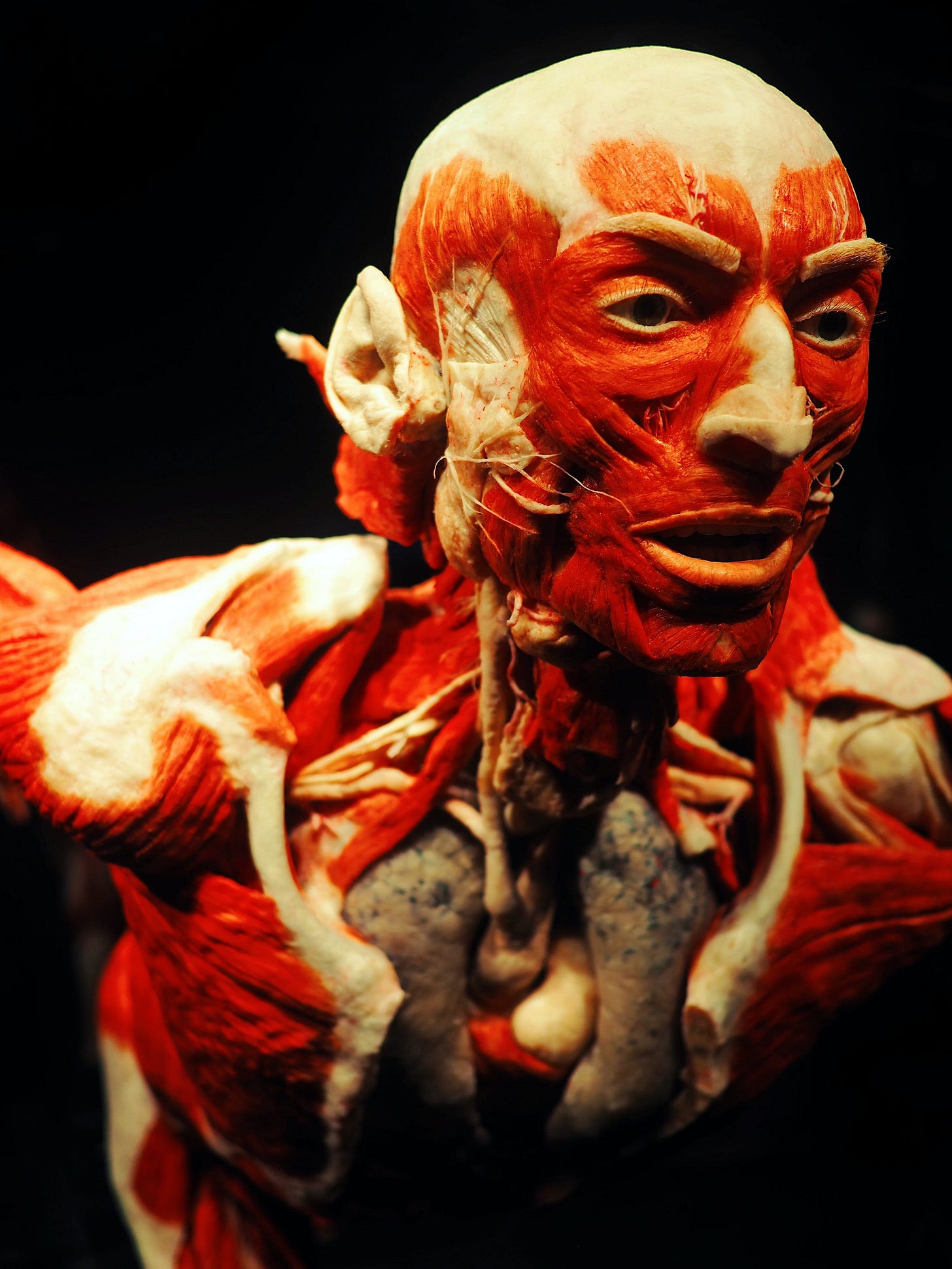7 Mind-Blowing Facts About the Microcosm Within You
In the hustle and bustle of daily life, it’s easy to overlook the intricacies unfolding within our bodies every second. The human body is a…
In the hustle and bustle of daily life, it’s easy to overlook the intricacies unfolding within our bodies every second. The human body is a universe in itself, a complex symphony of cells, molecules, and processes that work harmoniously to keep us alive and thriving.
Let me highlight the microcosm within you and uncover seven mind-blowing facts that illuminate the wonders of your internal world.

1. Cellular Symphony: Trillions of Living Units
Within the confines of your skin exists a bustling metropolis of trillions of cells.
Each cell, with a specific role and function, contributes to the orchestra of life. From the beat of your heart to the thoughts in your mind, this cellular symphony orchestrates the dance of existence.
Alberts B, Johnson A, Lewis J, et al. (2002). Molecular Biology of the Cell. 4th edition. New York: Garland Science. Available from: https://www.ncbi.nlm.nih.gov/books/NBK26894/
2. DNA: The Blueprint of You
At the core of this microcosmic marvel lies your DNA, a molecular blueprint that defines your unique identity.
Unravel the DNA strands in a single cell, and you’d find a code so intricate that if transcribed, it would stretch for miles. This code not only dictates your physical traits but also holds the secrets to your predispositions and susceptibilities.
International Human Genome Sequencing Consortium. (2001). Initial sequencing and analysis of the human genome. Nature, 409(6822), 860–921.
3. Mitochondria: Powerhouses of Energy
Picture tiny power plants within your cells — that’s the mitochondria at work.
These microscopic organelles generate the energy currency of your body, known as ATP. Interestingly, mitochondria carry their own DNA, hinting at an ancient symbiotic relationship formed over millennia of evolution.
Wallace DC. (2007). Why do we still have a maternally inherited mitochondrial DNA? Insights from evolutionary medicine. Annual Review of Biochemistry, 76, 781–821.
4. Cellular Intelligence: Constant Communication
Cells don’t operate in isolation, they communicate incessantly.
Imagine a city where every building is in constant contact, sharing information for the greater good. Cells release signalling molecules, allowing them to coordinate activities, respond to threats, and maintain the delicate balance required for optimal functioning.
Lodish H, Berk A, Zipursky SL, et al. (2000). Molecular Cell Biology. 4th edition. New York: W. H. Freeman.
5. Blood: Lifeline of the Body
Your circulatory system is a network of rivers and tributaries, with blood as the life-sustaining flow.
Within a minute, your heart pumps around 1.5 gallons of blood, delivering oxygen and nutrients to every nook and cranny of your body. It’s a journey vital for survival, and the precision with which it operates is nothing short of astounding.
Guyton AC, Hall JE. (2006). Textbook of Medical Physiology. 11th edition. Philadelphia: Saunders.
6. Brain: The Command Centre
Your brain, a three-pound marvel, is the command centre of this microcosmic realm.
With approximately 86 billion neurons firing away, it’s the epicentre of thoughts, emotions, and actions. Neural networks form and reform, adapting to experiences and learning, creating the unique mosaic of your mind.
Kandel ER, Schwartz JH, Jessell TM, et al. (2012). Principles of Neural Science. 5th edition. New York: McGraw-Hill.
7. Immune System: Silent Protectors
Your immune system, a silent army, stands guard against invaders.
From bacteria to viruses, it’s a relentless defender. T cells and B cells, like vigilant soldiers, patrol your body, recognizing and neutralizing threats. This intricate defence mechanism is a testament to the body’s ability to adapt and evolve in the face of constant challenges.
Abbas AK, Lichtman AH, Pillai S. (2018). Cellular and Molecular Immunology. 9th edition. Philadelphia: Saunders.
In contemplating these mind-blowing facts, it becomes apparent that the microcosm within us is a living testament to the awe-inspiring intricacies of life.
The more we delve into the microscopic realms of our existence, the more we realize that our bodies are not just vessels; they are dynamic, living ecosystems, resilient and adaptive, harbouring the secrets of our past and the potential for our future.
The microcosm within us serves as a reminder — a reminder that every heartbeat, every breath, is a testament to the extraordinary journey of being alive in this vast and intricate universe within.




